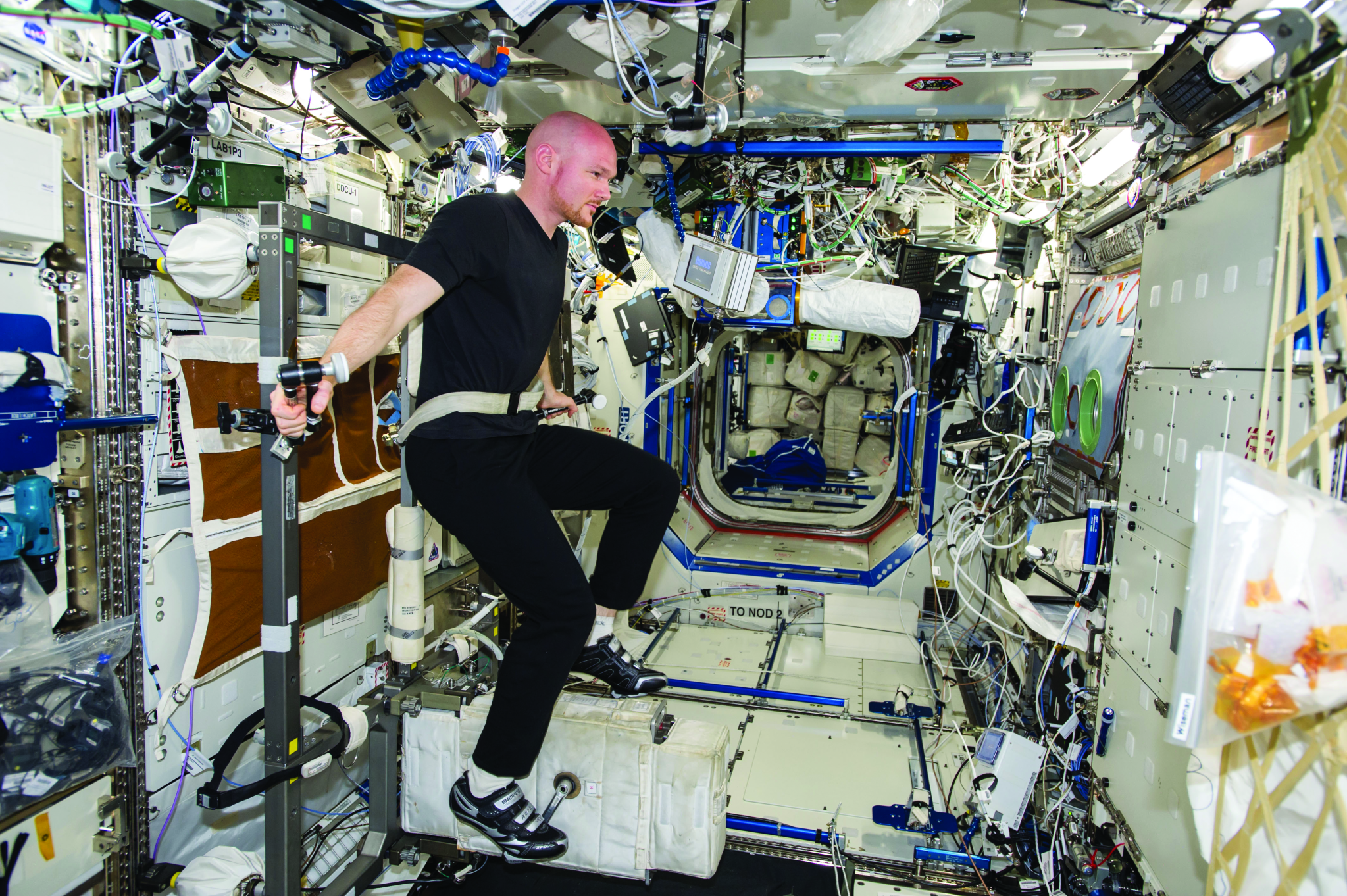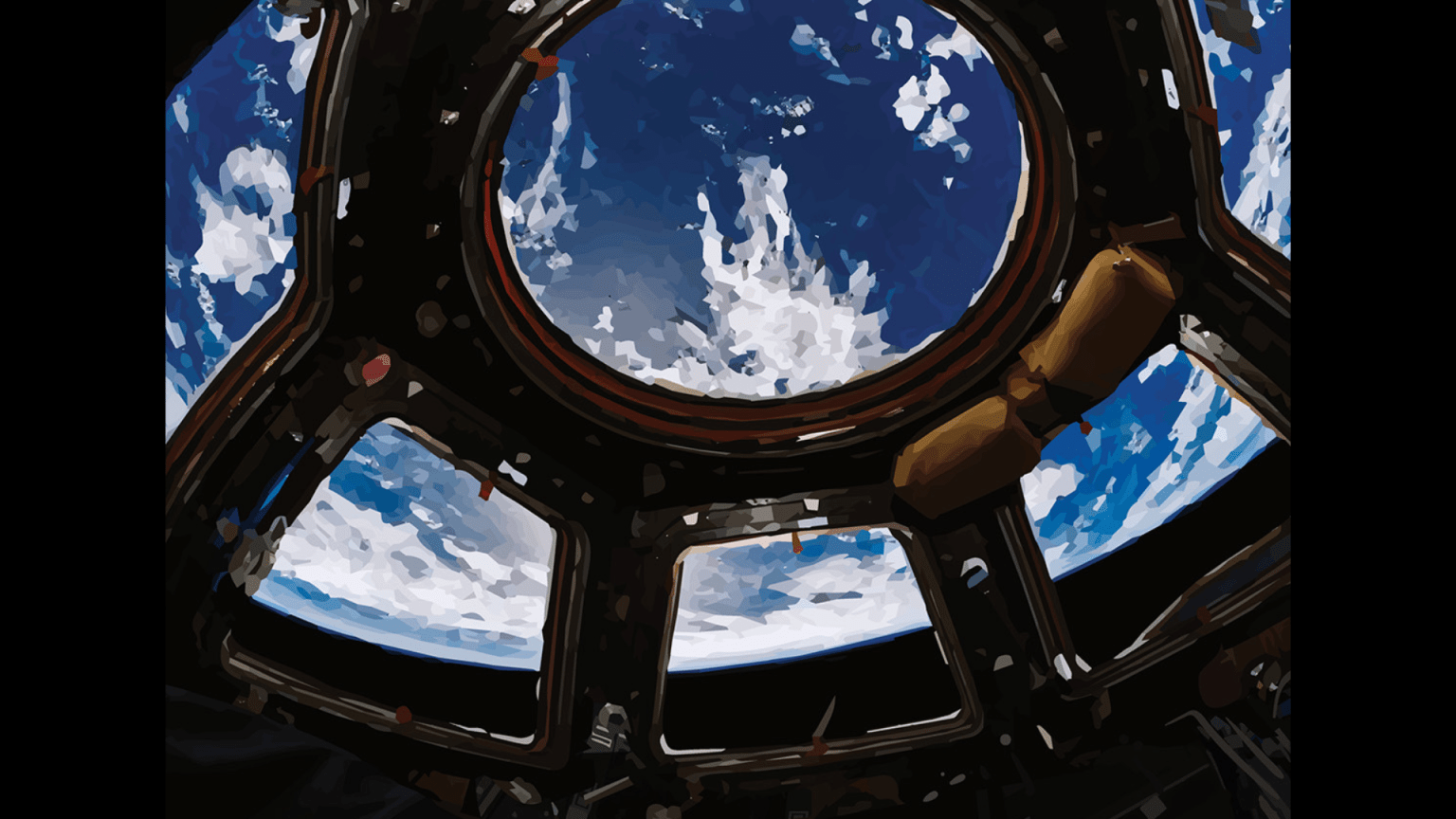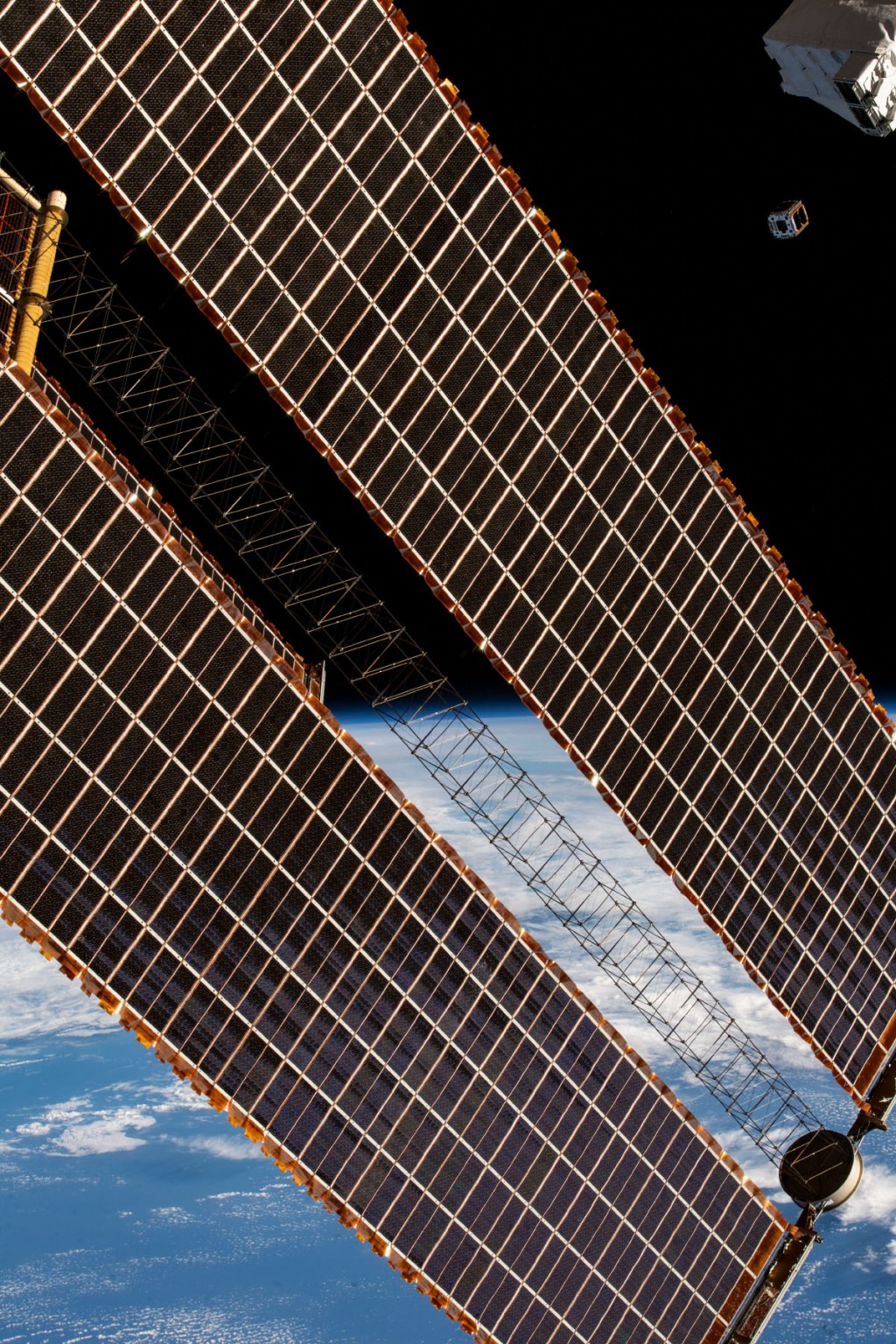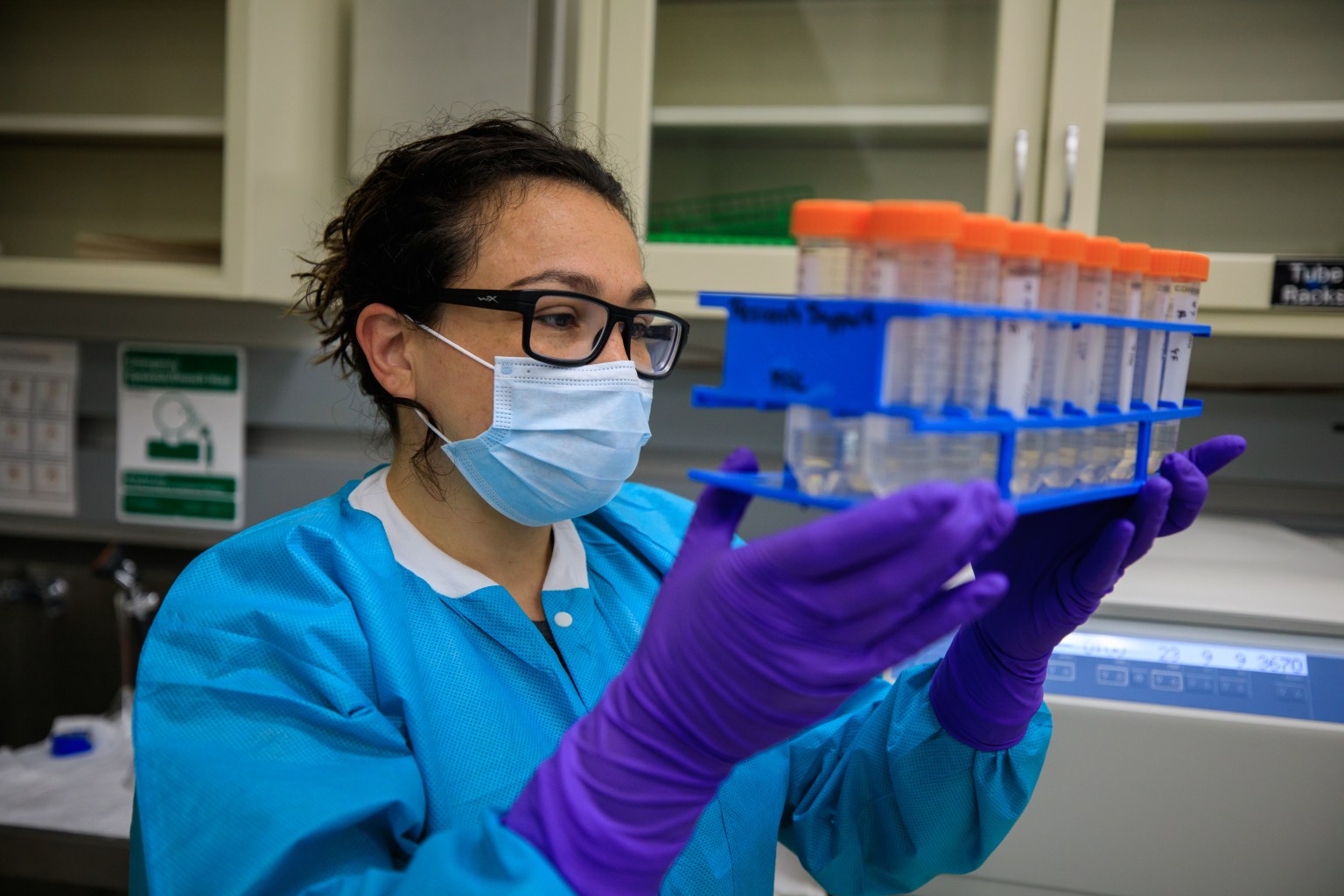Update: This feature was originally published within the Benefits for Humanity – 3rd Edition in April 2019.
Sweat is an unwanted exercise companion. Space-proven garments are inspiring innovative textiles for the gym and for those working in extreme conditions on Earth.
A warm and humid environment is an ideal scenario for bacterial, viral and fungal super-infections. Space garments offer physical comfort by acting like a second skin, are more hygienic and allow freedom of movement. The SpaceTex experiment assessed new fabrics to improve heat transfer and sweat management during exercise. The fabrics were chosen for their antibacterial properties. T-shirts with ultrashort drying times would be very useful to athletes, as well as firefighters, mine workers and members of the armed forces. This is the first clothing physiology experiment performed in microgravity. Sportswear manufacturers are hoping to improve their products. A modified polyester has already been created for the Swiss military.
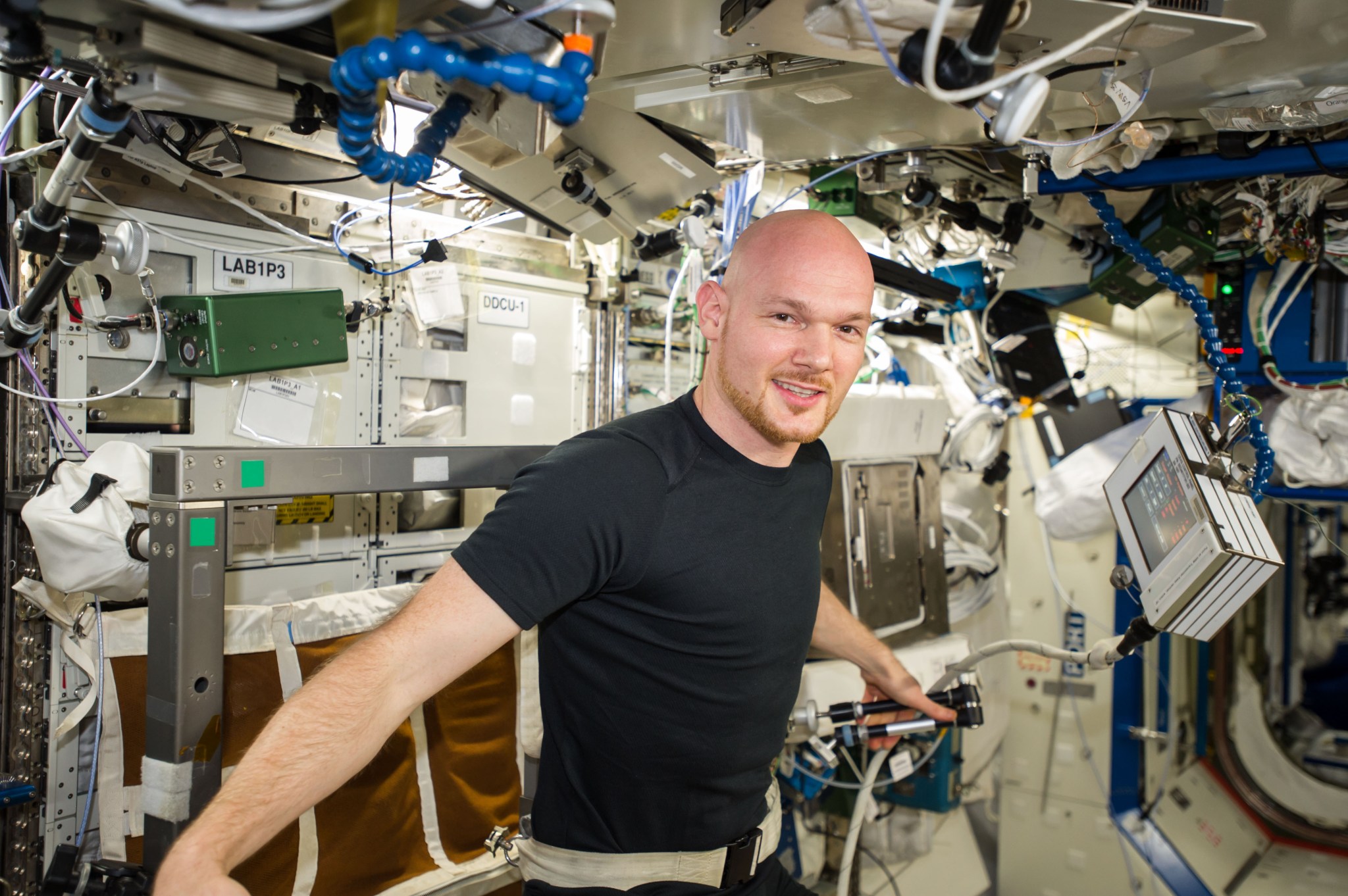
The lack of convection in space affects the way body heat and sweat are transported and absorbed into an astronaut’s clothing. Astronauts often report sweating more during exercise in orbit compared to exercise on Earth. Heat envelops their bodies like an aura. High-performance fibers were assessed on the space station for how comfortable the clothes were in comparison to conventional cotton garments. Positive feedback coupled with the data from the experiment are helping optimize astronaut clothing for future long-term missions such as a future journey to Mars.
Textiles would have to be specially adapted for use in space—new fabrics with better thermal and sweat management need to maintain the astronauts’ cooling mechanism and reduce microbiological contamination on the spacecraft.





























